CHILE: Electoral Balance of Rural Communes in the Municipal and Regional Government Elections 2024
Authors
On 26th and 27th October 2024, a new territorial electoral process was held to elect municipal and regional authorities. Both processes generated interest, but the regional elections has generated greater expectations for analysis since the first term of democratically elected regional governors is coming to an end. Thanks to the rapid availability of data, it is possible to take a closer look at how citizens were involved in voting in the different regions: with what levels of participation, what ideological inclinations and in what types of territories. Due to the importance of the country’s institutional and territorial transformation processes, Rimisp – Latin American Centre for Rural Development, has carried out an electoral assessment of the 2024 elections with the objective and commitment to have a better view of the territories, especially those that have been historically excluded.
This electoral barometer is the result of work carried out systematically by Rimisp since 2021, which has allowed us to measure territorially the levels of participation in electoral processes and to identify comparatively, according to types of communes, the degree of people’s involvement in democratic processes.
This report presents a brief electoral balance of the 2024 elections in rural areas, considering only the results for the offices of mayors and GOREs. Unlike other Rimisp reports, on this occasion, a comparative analysis with previous processes is not carried out due to the fact that the recent elections present different characteristics (mandatory voting and a decrease in the percentage of the majority required to elect GOREs). The territorial focus of the study is on the commune as the unit of analysis, using the categorisation defined by the National Rural Development Policy (PNDR), namely: urban (82), rural (185) and mixed (78).
Our offices:

- Chile: Huelén 10, Providencia, Santiago, Metropolitan Region (+56-2) 2236 4557 | Fax (+56-2) 2236 4558.

- Ecuador: Czechoslovakia E9-95 between Switzerland and Moscow. Eveliza Plaza Building. First floor. Quito. (+593-2) 5150144.

- Colombia: Carrera 9 No 72-61 Office 303. Bogotá. (+57-1) 2073 850.

